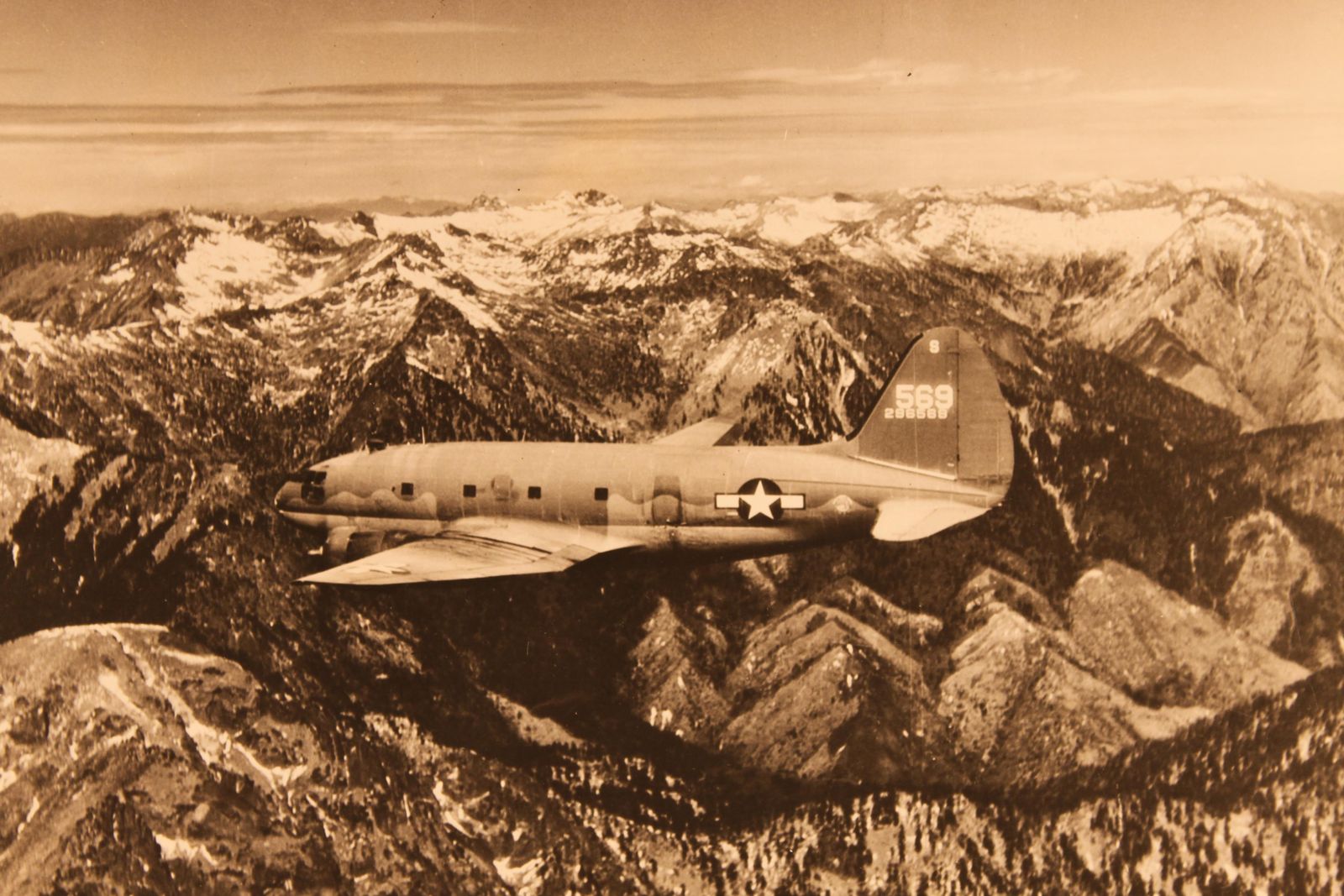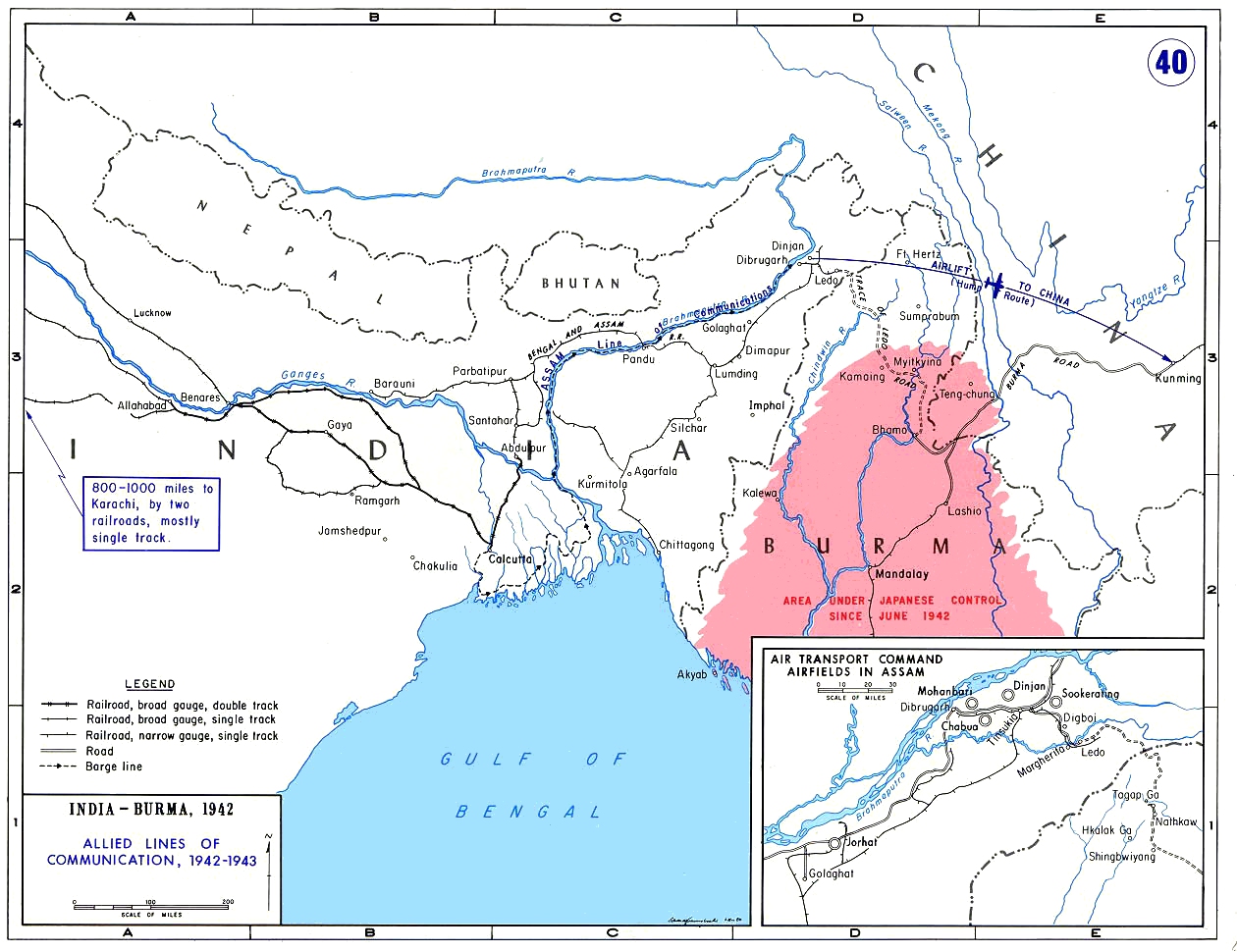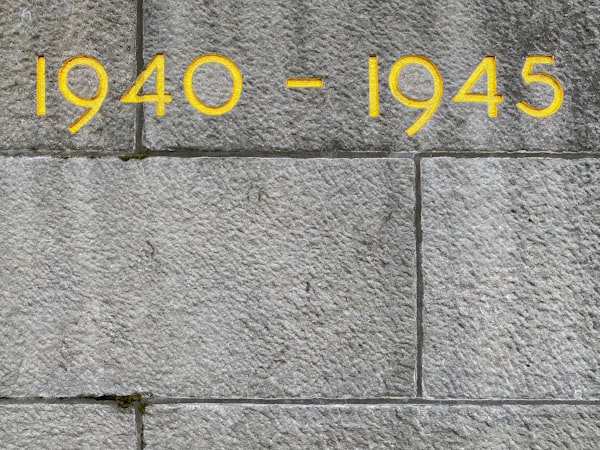The Hump Museum is a dedicated institution in Pasighat, East Siang district, Arunachal Pradesh, commemorating the Allied airmen who flew over "The Hump," a perilous air route over the eastern Himalayas, during World War II.


Features
- The museum features information on the history of the route, the airmen, and the aircraft that did not survive the journey.
- Exhibits include personal letters and relics from US airmen.
- It stands as a testament to the Allied effort in the region and serves to educate visitors about the significant contribution of these flights, which carried essential supplies and military equipment despite the dangers.
- The museum also aims to facilitate further exploration of the region where remnants of WWII aircraft are still believed to exist.
Why is it called "The Hump"?

- The Hump air route passes over Assam, Arunachal Pradesh, Tibet, Myanmar and Yunnan (China).
- The route was nicknamed ‘The Hump’ because of the altitude of the Eastern Himalayas.
- The Hump route was an unlikely route for regular flight operations due to high terrain and extremely severe weather.
- The aircraft had to navigate deep gorges and mountains rising beyond 10,000 feet.
- It crossed a north-south route over the Himalayan foothills and finally to the mountains, between north Burma and west China, airspace where turbulence and abominable weather conditions were common.
- During World War II, the Allied Forces led by the United States flew supplies over the Himalayas.
- It was a critical transport route during WWII after the Burma Road was blocked by Japanese forces.
The Hump Museum stands as a tribute to the aviators who navigated the perilous air route and serves to educate visitors about the significant contribution of these flights during World War II.
Previous Post